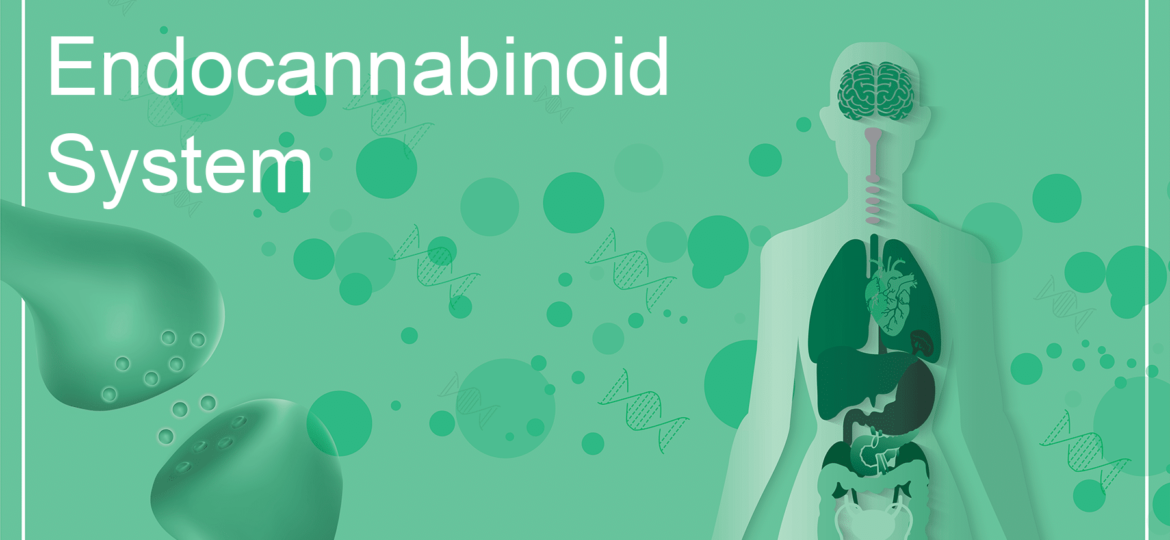
Welcome to our conclusive exploration of cannabinoids and terpenes, highlighting the Endocannabinoid System benefits for human health and balance. In this blog post, we will delve deeper into the inner workings of the endocannabinoid system (ECS) in humans. This complex and intricate signaling system plays a pivotal role in maintaining balance and overall well-being within our bodies. By understanding the ECS and its interactions with cannabinoids and terpenes, we gain valuable insights into the potential benefits they may offer to our health.
The Endocannabinoid System (ECS) is a biological network found in all vertebrates, including humans. It consists of three main components: endocannabinoids, cannabinoid receptors, and enzymes.
Endocannabinoids: Endocannabinoids are endogenous cannabinoids naturally produced by the human body. Two primary endocannabinoids are anandamide (AEA) and 2-arachidonoylglycerol (2-AG). These molecules act as neurotransmitters and bind to cannabinoid receptors to regulate various physiological processes.
Cannabinoid Receptors: There are two primary types of cannabinoid receptors in the ECS – CB1 and CB2 receptors. CB1 receptors are primarily found in the central nervous system, including the brain, while CB2 receptors are predominantly located in the immune system and peripheral tissues. Endocannabinoids bind to these receptors, influencing their signaling pathways and modulating bodily functions.
Enzymes: Enzymes are responsible for the synthesis and breakdown of endocannabinoids. Two key enzymes in the ECS are fatty acid amide hydrolase (FAAH) and monoacylglycerol lipase (MAGL). FAAH breaks down anandamide, while MAGL breaks down 2-AG.
Endocannabinoid system benefits in Regulating Physiological Processes
The ECS plays a vital role in regulating a wide range of physiological processes, helping to maintain homeostasis or the body’s internal state of balance. Some of the essential functions regulated by the ECS include:
Mood and Emotion: The ECS is involved in mood regulation and emotional responses. Endocannabinoids can influence mood and may have implications in conditions like anxiety and depression.
Pain Perception: The ECS plays a role in the perception of pain. By interacting with cannabinoid receptors in the brain and spinal cord, endocannabinoids can modulate pain signals.
Appetite and Metabolism: The ECS is involved in regulating appetite and metabolism. It may influence feelings of hunger and satiety, potentially impacting body weight and metabolism.
Immune Response: CB2 receptors in the immune system are essential for modulating immune responses and inflammation. Endocannabinoids may play a role in immune system regulation and maintaining immune balance.
The Role of Cannabinoids and Terpenes
Both cannabinoids and terpenes found in hemp can interact with the ECS, potentially offering therapeutic benefits. These compounds have the ability to influence the ECS, leading to various effects and potential health benefits. However, it is essential to note that individual responses to cannabinoids and terpenes may vary, and further research is ongoing to fully understand their diverse effects on different individuals.
Cannabinoids in Hemp: Hemp contains various phytocannabinoids, such as CBD (cannabidiol), CBC (cannabichromene), CBG (cannabigerol), and others. These phytocannabinoids can interact with cannabinoid receptors in the ECS, potentially affecting pain perception, mood, and other physiological processes.
Terpenes in Hemp: Terpenes are aromatic compounds found in hemp and various other plants. They not only contribute to the scent and flavor of hemp but also interact with the ECS. For example, myrcene, a common terpene in hemp, may complement the relaxing effects of cannabinoids, potentially contributing to a more calming experience.
The Harmony of the Endocannabinoid System
The significant Endocannabinoid System benefits underscore its crucial role in maintaining our internal balance and overall well-being. Through the interaction of endocannabinoids, cannabinoid receptors, and enzymes, the ECS regulates various physiological processes that contribute to our overall health.
Cannabinoids and terpenes found in hemp have the potential to influence the ECS, offering a plethora of potential benefits. As we continue to delve into the realm of hemp and cannabis science, we gain valuable insights into how these compounds interact with the ECS, paving the way for exciting developments in health and wellness.
We hope you enjoyed this journey through the world of cannabinoids, terpenes, and the endocannabinoid system. Stay informed about the latest research and developments, as the landscape of hemp and cannabis science continues to expand and unveil new possibilities for our well-being.


